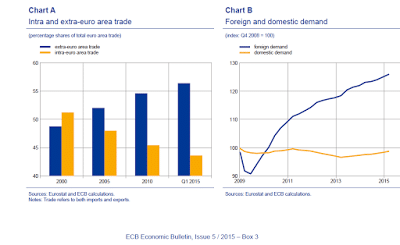The Hope for Trade between India and Pakistan Rests with its Leaders
Indian Prime Minister Narendra Modi’s recent meeting with Pakistan’s Prime Minister Nawaz Sharif on the sidelines of the Shanghai Cooperation Organisation (SCO) summit in Russia, and his visit to Pakistan next year for the SAARC summit, has raised hopes about the possibility of resumption of the bilateral composite dialogue.





